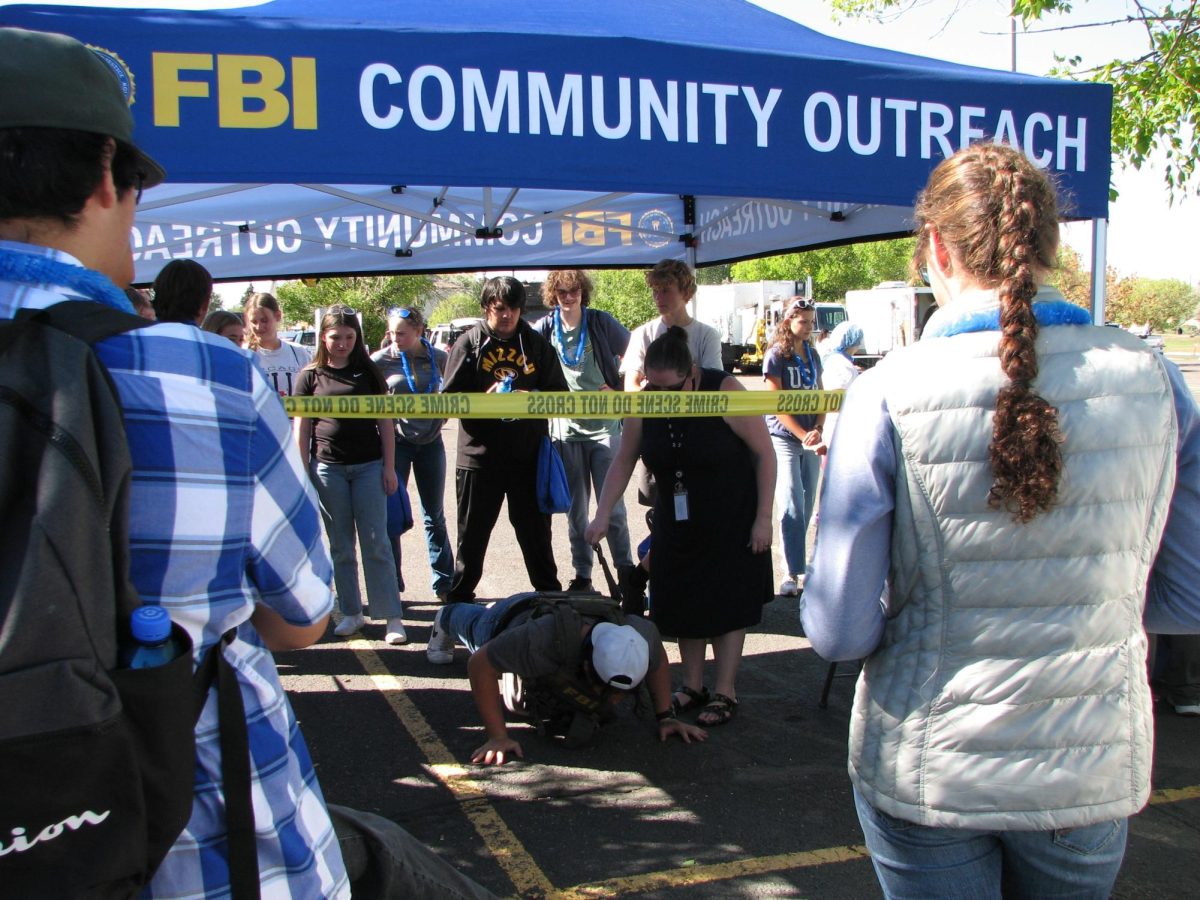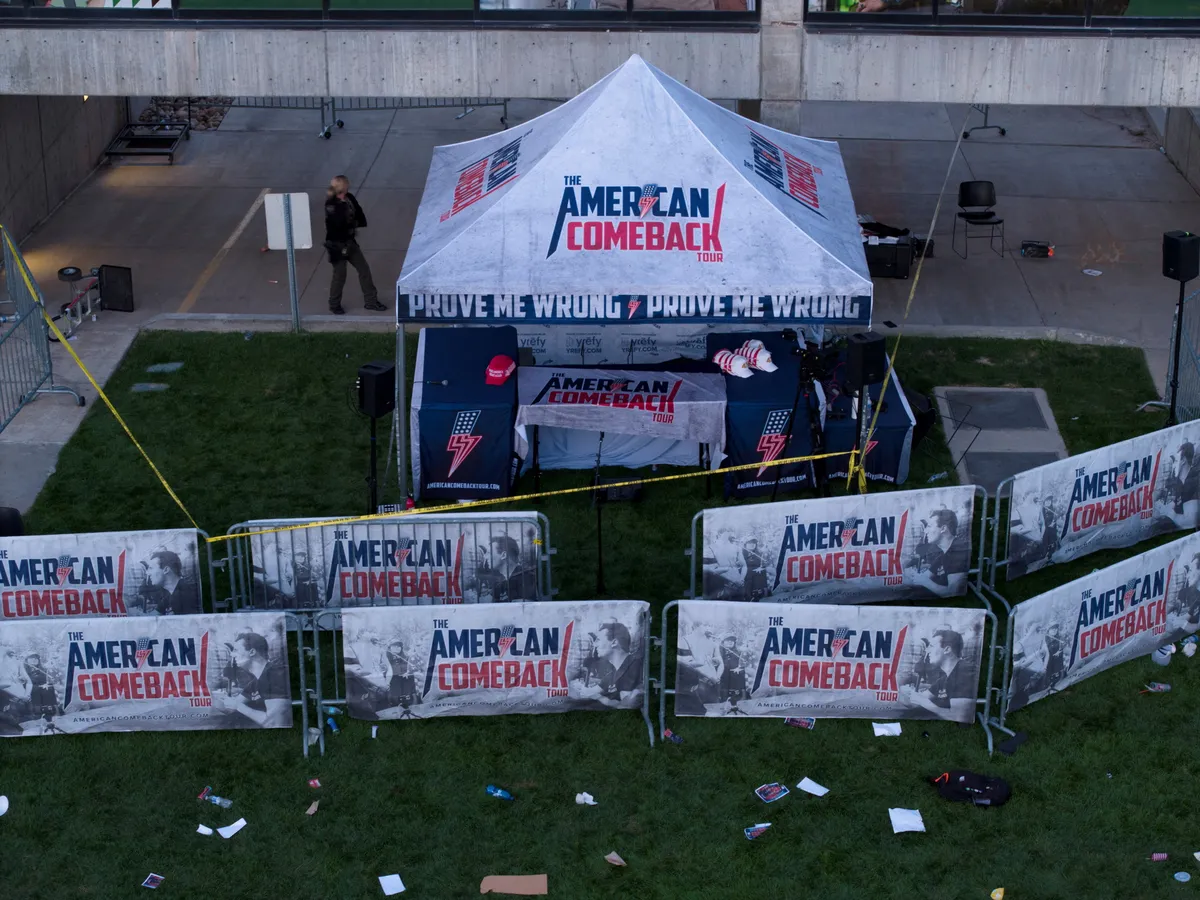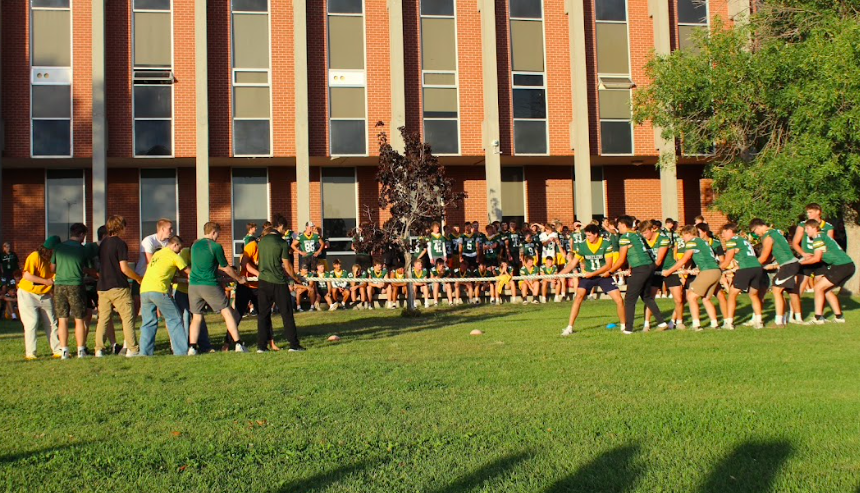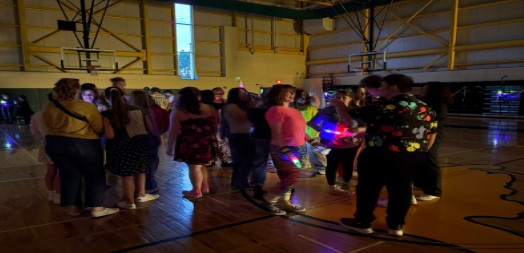
You walk on my floors. You walk through my doors. You slam my lockers. And I am getting older.
Although I am not as old as my counterpart across the river, at 46 I am starting to feel my age and am beginning to need more and more TLC.
Luckily, however, building technicians and administrators are dedicated to keeping me in good shape.
“You maintain the bricks and mortar,” CMR principal Dick Kloppel said.
However, the building is starting to require more attention than that.
The list of upgrades the building needs is a lengthy one. The pillars that support the school are sinking into the apron. The apron itself is cracking. The black plastic underneath the windows is also cracking, leaking water into the building. About 600 lockers are starting to break, and components of the heating system need to be fixed badly.
Ceiling tiles and heating components are a major concern. Many of the ceiling tiles need replacement, but at approximately $6 a tile, replacement doesn’t look like an option coming up any time soon.
“The cost of doing that alone will be incredible,” Kloppel said.
Heating mixers for the building, which control how hot or cold each room gets, also need to be replaced. Kloppel used two of the foreign language rooms as an example, where the German room tips the thermometer at around 52 degrees, but across the hall a Spanish room has all of its windows open.
“If you don’t maintain it, then you end up having to replace [it],” Kloppel said.
One of the more pressing issues outside the building is the south apron, which is cracking. At one spot, daylight can be seen though the crack, and Kloppel said that during evacuations, when many students walk on the apron at once, it is possible to see the apron moving.
“Obviously, the integrity of the south apron is an issue,” Kloppel said.
Also along the south apron are the railing slabs. Kloppel originally thought that the 400-lb slabs were held on by rusty bolts, but on further research discovered that they were connected to the building with thick pieces of rebar.
“Those things aren’t going anywhere,” Kloppel said.
Head building technician Ken Cartwright is more concerned about a different sort of issue along the south apron: the pigeons and the pigeon poop.
“The quality of air coming in is very important,” Cartwright said. “It’s not really been taken care of.”
Cartwright, who has been working in the building since 1979, has seen major changes to the building, including renovations to the fieldhouse, which added locker rooms, health rooms, and art rooms to the building.
“In 1997 we had a big addition in the gym,” Cartwright said. “There’s been a lot.”
Although different issues crop up every year, Cartwright recognizes that the district tries to allot money to the school.
“You never know what’s going to come up,” Cartwright said. “Every year they [the district] come up with something to help us.”
Another project that needs to be accomplished is a new floor for the stage.
“The stage needs a new floor,” Kloppel said. “That’s been on the drawing board for some time.”
Kloppel is not the only person in the building hoping for a new stage. Stagecraft and video production teacher Tom Spencer, who works with the stage on a daily basis, would also be happy with a new stage floor.
“This is the original stage floor,” Spencer said. “Stage floors receive such wear that they are made to be changed out every year.”
Due to the number of screws and nails put into the stage every year, there are quite a few holes in the stage floor.
“It makes it very scarred,” Spencer said.
Spencer hopes to eventually put in a floor made up of a composite wood panel system so that sections of the floor could be traded out and refurbished as needed. Currently, custodians give the floor a shiny finish every summer, but that presents its own challenges to actors.
“It looks like you’re yellow from the knees down,” Spencer said. “One of the first things we do is get the floor dirty every fall.”
Spencer, who has been teaching at the school since 1977, has seen many changes in Bill Will hall, from the addition of the drama room to changing the drapes in the theater from a “hideous gold” to the current black and red.
“They have already done a lot of the things that need to be done,” Spencer said.
Kloppel agrees, especially when it comes to technological updates around the school. This can mean anything from adding a projector to the fieldhouse to adding computers.
“We went from one not networked lab to 19 labs with internet access,” Kloppel said.
Most of the updates have focused on education, such as adding LCD projectors and Smart Boards in many classrooms.
“Maintaining the instructional component is key.”






